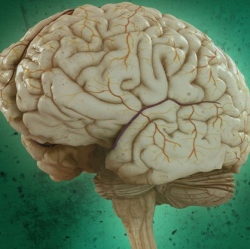
Male brains appeared to be wired front to back, with few connections bridging the two hemispheres. In females, the pathways criss-crossed between left and right.
These differences might explain why men, in general, tend to be better at learning and performing a single task, like cycling or navigating, whereas women are more equipped for multitasking, say the researchers in the journal Proceedings of the National Academy of Sciences (PNAS).
The same volunteers were asked to perform a series of cognitive tests, and the results appeared to support this notion.
But experts have questioned whether it can be that simple, arguing it is a huge leap to extrapolate from anatomical differences to try to explain behavioural variation between the sexes. Also, brain connections are not set and can change throughout life.
In the study, women scored well on attention, word and face memory, and social cognition, while men performed better on spatial processing and sensori-motor speed.
To look at brain connectivity, the researchers used a type of scan called DTI – a water-based imaging technique that can trace and highlight the fibre pathways connecting the different regions of the brain.
Study author Dr Ruben Gur said: "It’s quite striking how complementary the brains of women and men really are.
"Detailed connectome maps of the brain will not only help us better understand the differences between how men and women think, but it will also give us more insight into the roots of neurological disorders, which are often sex related."
